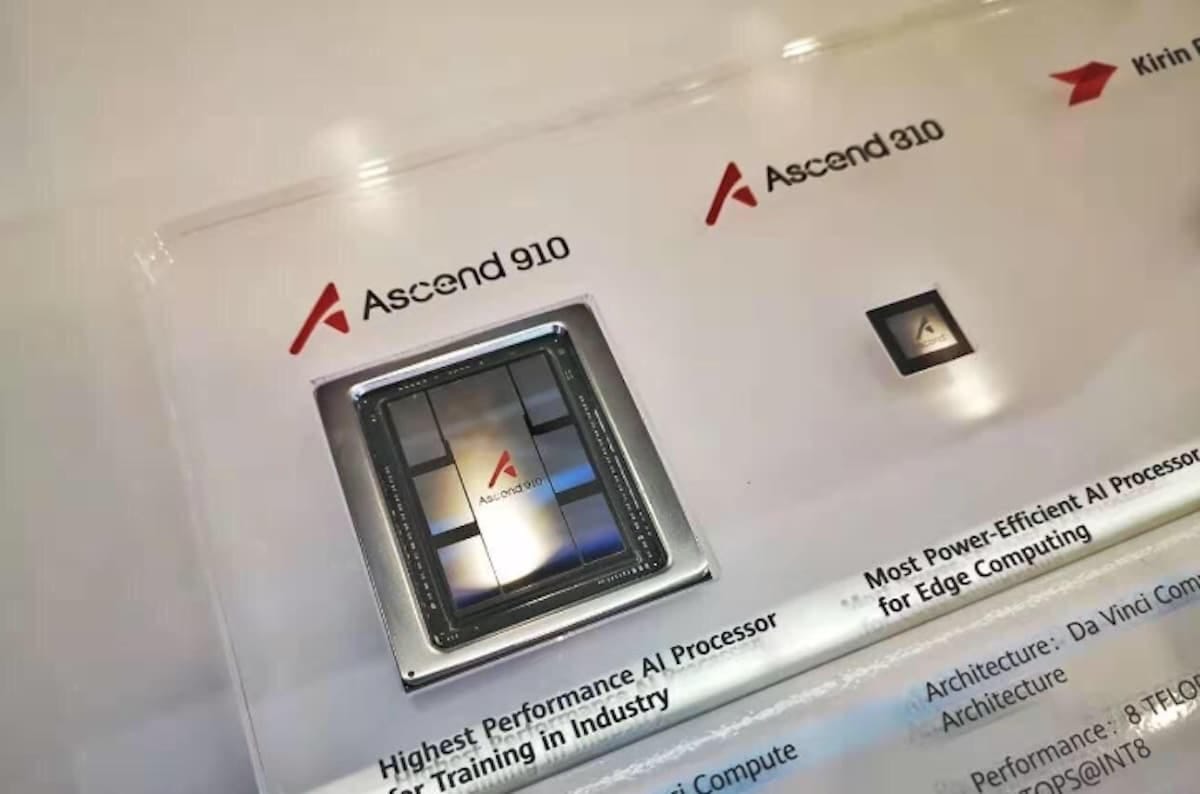Artificial intelligence (AI) has experienced unprecedented growth in recent years, largely driven by the emergence of ChatGPT, the chatbot developed by OpenAI that revolutionized the industry. However, the leadership of the United States in this field is being challenged by China, which is seeking technological autonomy in a context of increasing trade restrictions. In this scenario, the Chinese company DeepSeek has taken a crucial step by choosing NVIDIA’s PTX programming language to train its AI models using locally manufactured GPUs, thereby avoiding reliance on American chips.
China’s Challenge Against U.S. Restrictions
The United States has implemented a series of measures to limit China’s access to advanced AI technologies, including a ban on exporting high-performance chips like those manufactured by NVIDIA. Additionally, Beijing has faced restrictions on acquiring machinery necessary to produce its own semiconductors. Despite these barriers, China has made progress in the development of its own CPUs and GPUs, and has even managed to import NVIDIA chips through third countries, circumventing imposed restrictions.
DeepSeek, one of the leading Chinese companies in the AI field, has demonstrated that it is possible to compete with American tech giants using fewer resources. With its DeepSeek R1 model, the company has generated a significant impact in the sector, challenging giants such as OpenAI and NVIDIA. Now, its goal is to further reduce its dependency on NVIDIA GPUs by betting on the use of PTX, a programming language developed by NVIDIA itself that allows engineers to efficiently control the basic functions of the chips.
PTX: The Key to Technological Independence
The PTX (Parallel Thread Execution) language offers DeepSeek the possibility of using Chinese GPUs instead of NVIDIA’s, thus avoiding the restrictions imposed by the United States. Although PTX is less popular and more complex to use than CUDA (NVIDIA’s proprietary language), its flexibility allows for optimization of the performance of locally manufactured graphics cards. This represents a strategic advantage for China, which seeks to strengthen its technology industry in a geopolitically hostile environment.
Moreover, DeepSeek has successfully optimized the performance of Chinese GPUs in inference tasks, as demonstrated by results obtained with the Huawei Ascend 910C processor. According to the company’s research, this chip achieves 60% of the performance of NVIDIA’s H100 in inference, a significant advance considering the limitations of local manufacturing. The Ascend 910C, manufactured by SMIC using 7-nanometer technology, positions itself as a viable alternative to reduce dependency on American chips.
Challenges and Future Perspectives
Despite these advances, China still faces significant challenges in the field of AI, particularly concerning stability and efficiency in long-term model training tasks. The deep integration between NVIDIA’s hardware and software ecosystem, developed over more than two decades, remains a difficult obstacle for Chinese manufacturers to overcome.
However, DeepSeek is confident that its experience in optimizing hardware and software, combined with the use of PTX, will allow for a gradual reduction in dependency on NVIDIA. As AI models converge on architectures like Transformer, the significance of NVIDIA’s software ecosystem may diminish, opening new opportunities for Chinese solutions.
In conclusion, the advancements made by DeepSeek and other Chinese companies in the development of indigenous AI technologies show that the Asian giant is determined to compete in a sector historically dominated by the United States. While the path to technological autonomy is fraught with challenges, the progress made suggests that China is not willing to fall behind in the race for artificial intelligence.

